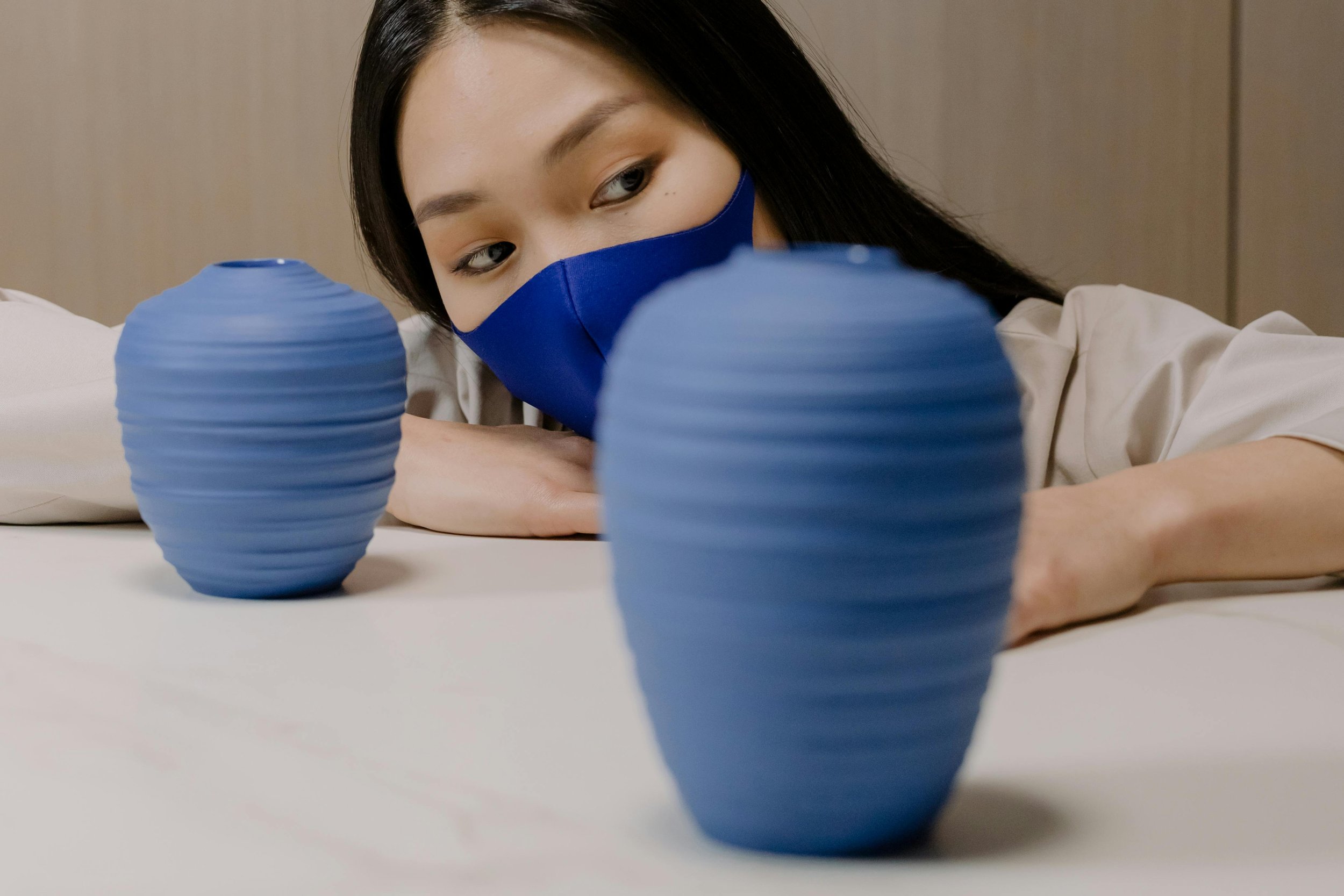What is Nuceiva?
Another brand new toxin has hit the market in the UK! You’re going to be hearing a lot about Nuceiva in the coming months, the “Newtox” in town.
Let’s jump in!
This is one of a host of new toxins. We have covered Alluzience and Daxxify - two new toxins whose USP is that they are reported to last approximately six months in duration, rather than the average three of other products. We have also covered Letybo, composed of a botulinum toxin that is widely known and the market leader in Asia. Refer to our Basics of Botox article to get the full summary.
So what should you know about Nuceiva?
First of all, it is not an entirely new entity. Nuceiva [probotulinumotxinA] has been used since 2019 in the United States, where it is marketed by Evolus under the name Jeuveau. It was nickamed “Newtox” when it first hit the market.
Nuceiva is similar to Botox, in that it consists of a 900kDa neurotoxin. It represents the first new product of its kind to enter the market in thirty years.
What is the research behind it?
Nuceiva, like many new toxins, has been initially tested by treating the frown lines in the glabellar region. In a trial conducted as part of Evolus’ global TRANSPARENCY clinical development programme, researchers examined the effect of Nuceiva on 540 patients with moderate to several frown lines in comparison to the placebo and another botulinum toxin type A. Evolus announced that its primary endpoint was achieved, with a responder rate of 87.2% for Jeuveau/Nuceiva in comparison to 82.8% for Botox and 4.2% for the placebo product.
In other words, trials have demonstrated that Nuceiva is both safe and effective for the treatment of moderate to severe glabellar lines, and was not inferior to its leading competitor.
What makes it different?
Nuceiva is approved for cosmetic use alone, unlike Botox which is approved for both cosmetic and medical purposes (think hyperhydrosis and migraines). This does mean that its price point is potentially more competitive. It also means that as a clinician if you use it for non-cosmetic purposes, you will not be insured to do so. In North America, it has been marketed as a toxin aimed at a younger population and millennials.
Reported differences are that is has a faster onset of action (2 days) and potential longer duration of action (4-5months) , and is more precise. In theory, there is supposed to be very little spread of the product, meaning that extremely accurate placement and understanding of anatomy is key for its use. More clinical data is needed for all this.
Below find a quick summary set of slides we created to cover the basics!









Galderma has unveiled Relfydess™ (RelabotulinumtoxinA), the world’s first ready-to-use liquid neuromodulator developed with proprietary PEARL™ Technology. This groundbreaking product has recently received approval for use in Europe. So what is it, and what sets it apart from the other toxins?.